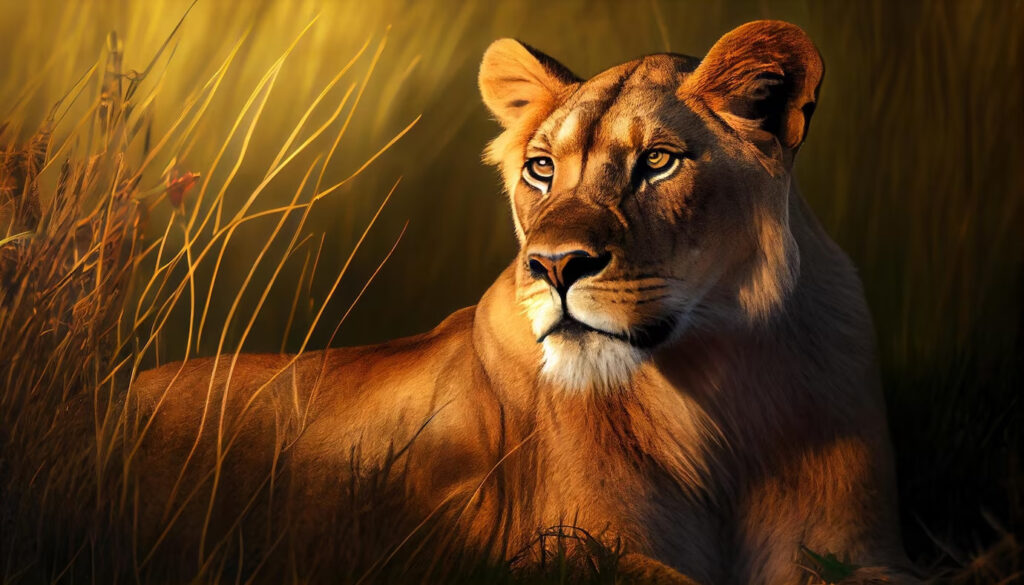Majestic Marvels: Unveiling the Grandeur of Lions in the Wild
Introduction
Majestic Marvels are magnificent creatures that have fascinated humans for centuries. These powerful and graceful animals are often called the “Kings of the Jungle” due to their regular appearance and the fact that they are at the top of the food chain in their natural habitat. In this article, we will review the biology, behavior, and conservation of tigers.
Biological Family of Majestic Marvels
Lions are part of the genus Panthera, which includes lions, leopards, and jaguars. There are two main subspecies of lions: the African lion (Panthera leo) and the Asiatic lion (Panthera leo persica). African tigers are found in sub-Saharan Africa, while Asiatic tigers are found only in India.
Distinctive Traits of Majestic Marvels
Tigers are sexually dimorphic, meaning males and females have distinct physical differences. Males are larger than females and have a dense growth of hair around the neck and head. The color of the tiger’s coat ranges from light brown to dark yellowish brown. And their undersides are usually lighter. Tigers have a muscular build, sharp claws, and powerful jaws that can exert up to 650 pounds per square inch of force.
Attitude

Lions are social animals that live in groups called feelings of pride. Prides usually consist of several females, their young, and a few males. Males are often related to each other and form alliances to defend the pride’s territory and offspring. Lions are apex predators. This means they have no natural predators and play an important role in regulating the population of their prey species.
Nocturnal Predators
Lions are primarily nocturnal animals and spend most of the day resting and conserving energy. They are also opportunistic hunters and will take advantage of any prey that presents itself. Tigers are capable of killing large prey such as zebra, wildebeest, and buffalo. But they also eat small animals such as rabbits and birds. Lions have a varied diet, which helps them survive in their often unpredictable environment.
Protection
Despite their status as apex predators, lions face numerous threats to their survival. Habitat loss, poaching, and human-wildlife conflict are the main drivers of tiger population decline. As human populations grow and expand into previously wild areas, tigers and other wildlife are forced to compete for resources and space.
Vanishing Roars

In Africa, tigers have lost more than 90% of their historical range, and their populations have declined by more than 40% in the past 20 years. African lions are currently classified as vulnerable on the IUCN Red List, meaning they are at high risk of extinction in the wild. Asiatic tigers are even more endangered, with only 500 left in the wild.
Effective Conservation Strategies for Tigers and Lions
Conservation efforts are ongoing to protect tigers and their habitat. These efforts include habitat restoration, anti-poaching measures, and community-based conservation programs. A successful conservation model is the Maasai Mara Wildlife Conservancies Association in Kenya, which works with local communities to protect wildlife on private land. This model has been successful in reducing human-wildlife conflict and providing economic benefits to local communities.
Conclusion of Majestic Marvels
Tigers are powerful and majestic creatures that have captured the human imagination for centuries. However, their survival is threatened by habitat loss, poaching, and human-wildlife conflict. Conservation efforts are ongoing to protect tigers and their habitat, but more work is needed.
To read more updates, news, facts, and health data visit the blog wise.

